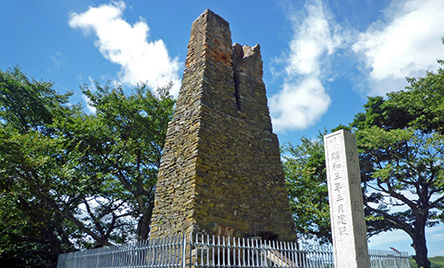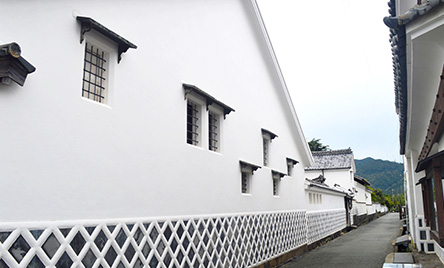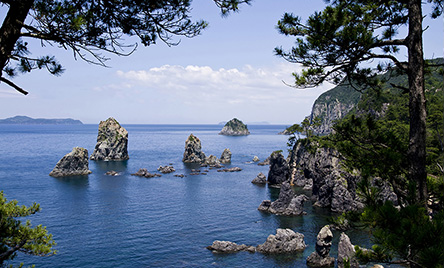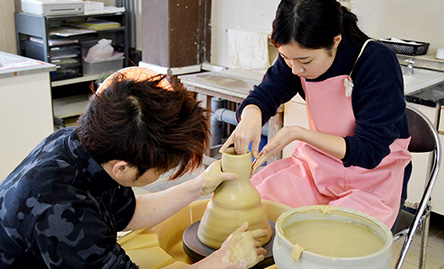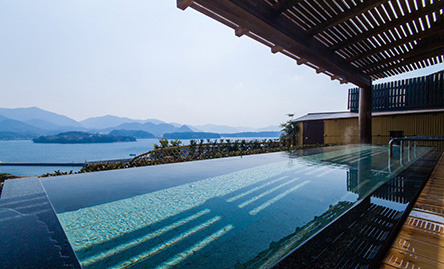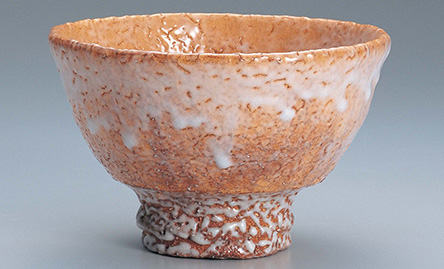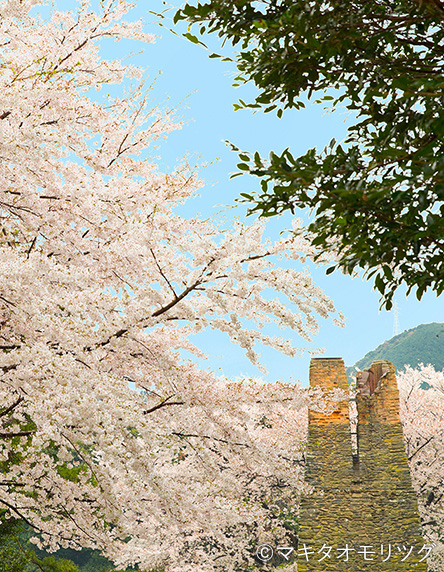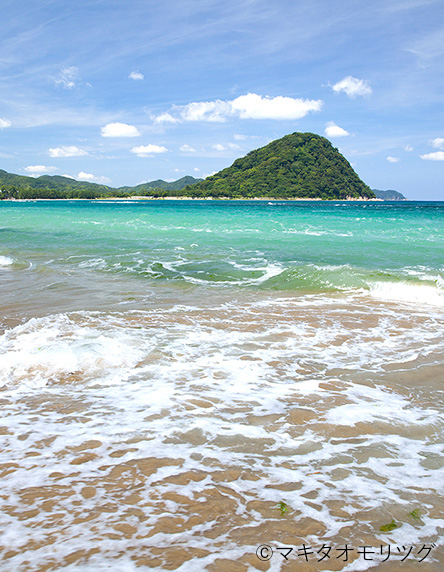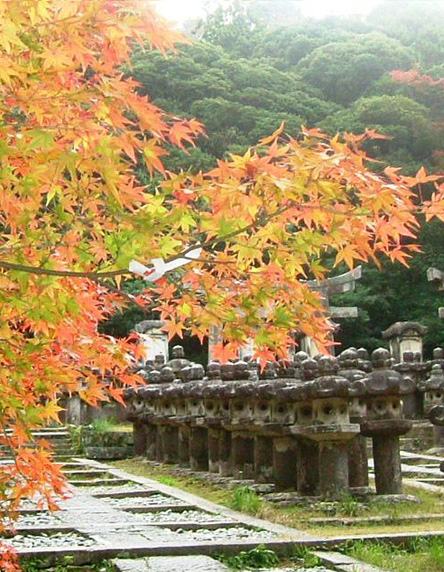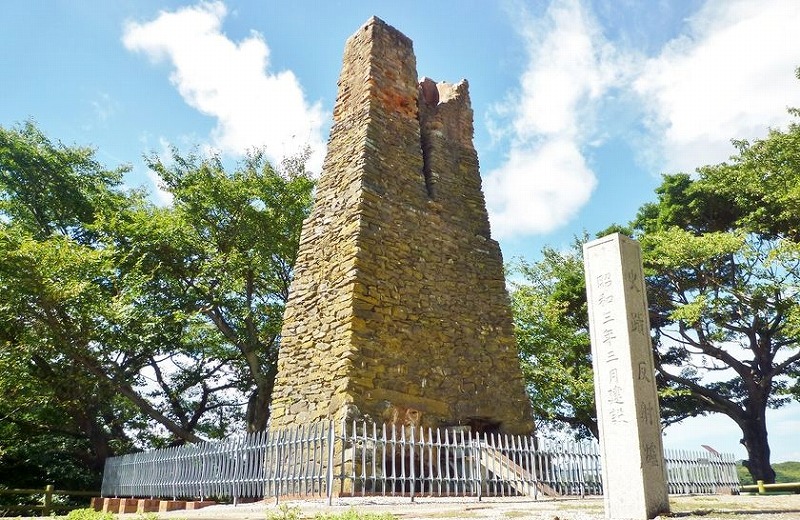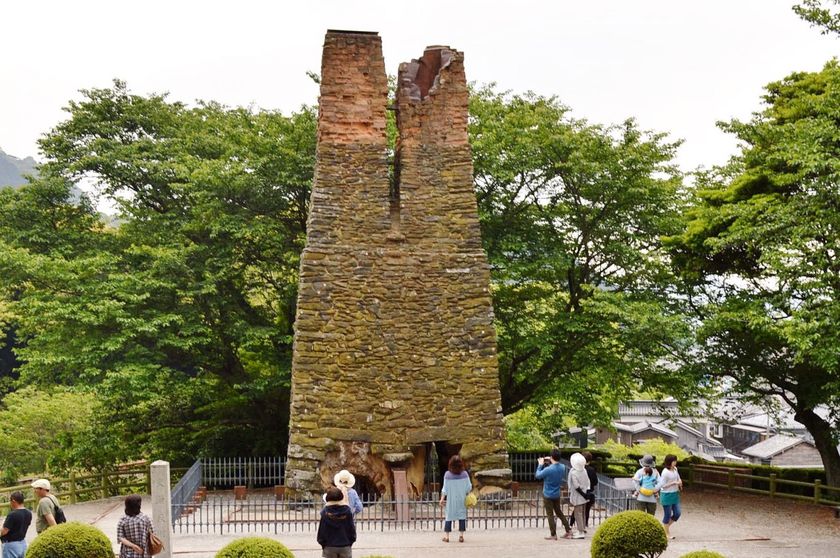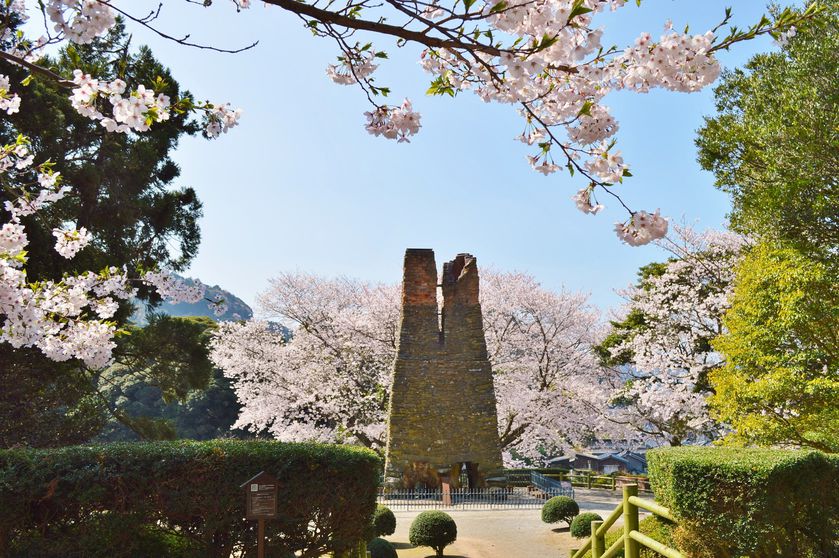By the mid-nineteenth century, Japanese leaders had realized that they needed more iron. Officials from both the shogunate and individual domains, like Satsuma and Chōshū, were acutely aware that Japan would need to embrace Western technology, particularly military technology if they were going to prevent the Western powers from colonizing the archipelago. Western whaling had spread into the Pacific Ocean, the Qing in China had been defeated by the British during the First Opium War (1840-1842), and in 1853, a naval expedition led by United States Commodore Matthew C. Perry (1794–1858) arrived in Uraga Bay to force negotiations with the Japanese government.
In Chōshū, developing a working furnace capable of creating wrought iron was a major priority for the Mōri daimyo. Wrought iron would allow the Mōri to build modern cannons and warships to defend itself against possible invasion by Western powers. The leaders of Saga domain used plans they had received from Dutch traders living on Dejima Island in Nagasaki to build the first such furnace in Japan. The Mōri sent four retainers to Saga in 1855 to acquire the knowledge necessary to make their own reverberatory furnace, but the leaders of Saga refused to share the secrets of the technology. Although one of the Hagi retainers managed to return with rough sketches of the design, he did not receive detailed instructions on how to build or operate the furnace.
The Mōri persisted, and construction was completed in 1856, but the furnace failed to produce any usable wrought iron. Hagi’s lack of information and dependence upon charcoal and pig iron made it impossible to create the conditions required to produce wrought iron. In the end, the financial burden proved too great, and the furnace was closed. In contrast, production of wrought iron in the Saga domain was much more successful. Officials in Saga had complete translations of Dutch designs, coal from their own mines, and access to high-quality iron ballast secretly scavenged from foreign ships.
Built from locally available andesite and topped with red brick, the ruins of the twin chimneys of the reverberatory furnace are a monument to the “trial-and-error” spirit of Hagi's proto-industrial past.
In 2015, the Hagi Reverberatory Furnace was recognized as part of the UNESCO World Heritage: “Sites of Japan's Meiji Industrial Revolution: Iron and Steel, Shipbuilding and Coal Mining.”
(This English-language text was created by the Japan Tourism Agency. )
Remains of reverberatory furnaces are to be found in only two places outside of Hagi — Nirayama (Shizuoka Prefecture) and the former Shuseikan (Kagoshima Prefecture) — making this site an extremely valuable part of the history of industrial technology in Japan.
Basic info
| Price | No Charge |
|---|---|
| Access | 5 minute walk from Hagi Reverberatory Furnace Stop, on the Eastern Route with Hagi Junkan Ma-ru Bus |
| Address | 4897-7 Chintou, Hagi |
| Open | Open All Hours |
| Holiday | No Holidays |
| Parking | Free Parking |
